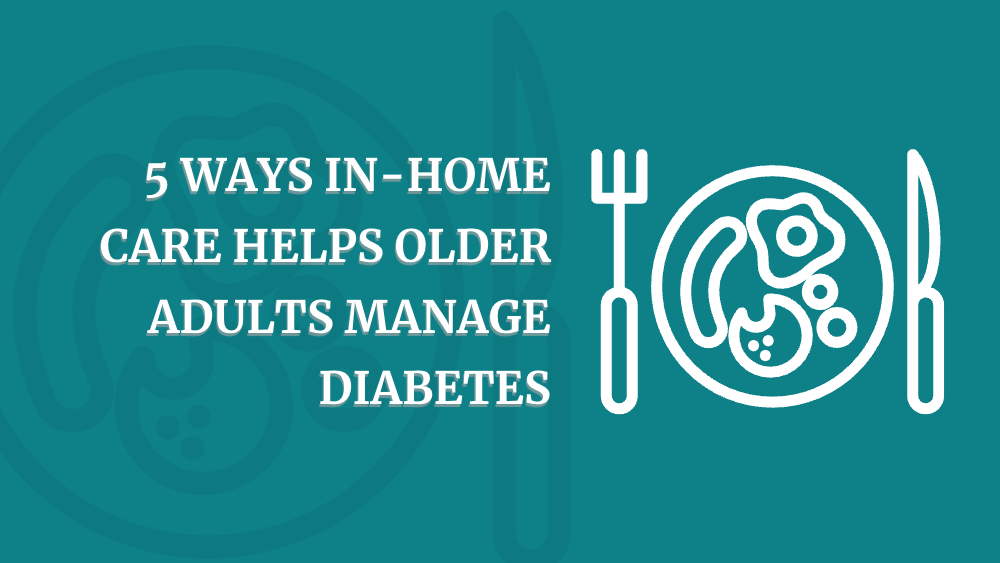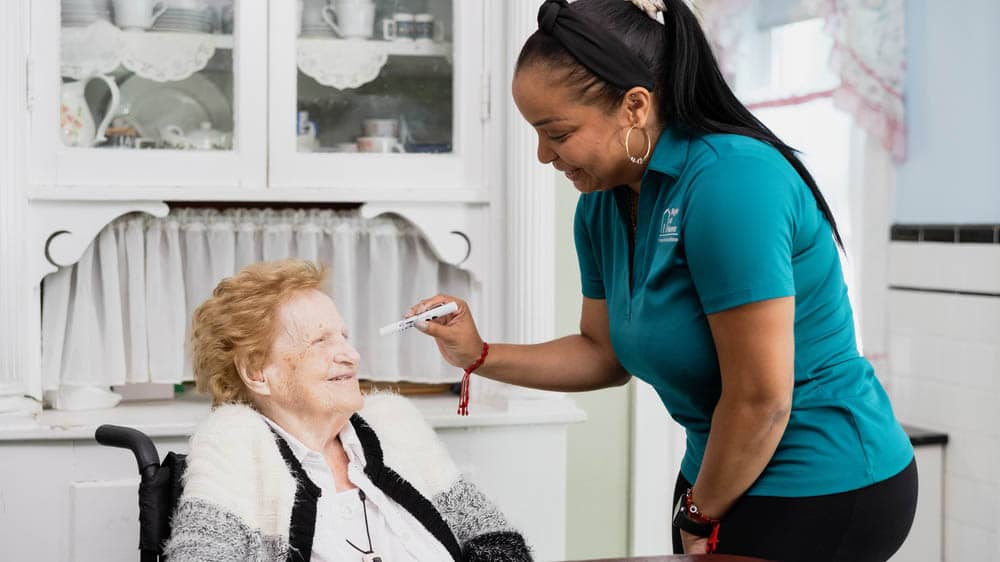

Don’t Let Diabetes Stop You From Seeing the World
With the Right Planning, Older People With Diabetes Can Travel Safely and Worry-Free
Successfully living with diabetes requires daily discipline. Maintaining healthy blood sugar levels means being mindful of eating right, getting enough rest, and avoiding overexertion. Changes to diet, sleep, or physical activity—even increased stress—can cause glucose levels to fluctuate, which can lead to problems. There is nothing like traveling to alter a regular schedule for managing diabetes.
Diabetes Requires Routine
Following a routine makes managing diabetes easier. It gets harder outside one’s comfort zone, such as when traveling. Away from home, routines are disrupted, which can cause an older adult with diabetes to feel out of sorts. Those disruptions can be dangerous for them, whose well-being depends on consistent good habits. That’s why they must be extra diligent. This becomes doubly important since older adults’ bodies don’t adapt as fast to change.
Tips for Preparing for Travel
With enough planning and care, older individuals with Type 1 or Type 2 diabetes can confidently cross state borders, even national borders, and still have a good time knowing they’re prepared for any eventuality. If you are an older adult with diabetes, here are tips to help you plan for travel:
- Experts advise planning well ahead of any trip and having a to-do list ready at all times should unexpected travel come up.
- In the spirit of “better safe than sorry,” it’s recommended to get a thorough health exam or at least a robust checkup well before traveling. This is to ensure that the disease is under control. It also buys time to get any needed vaccines and recover from any side effects.
- Consult with your doctor on how planned activities might affect your diabetes, what to do about it, and how to adjust insulin doses if traveling to different time zones.
- A family caregiver traveling with you can be an advocate who supports and reminds you to be vigilant. If traveling with a companion or group not already familiar with your condition, be sure to inform them so they can be your wingman and alert for any diabetic reactions you experience.
Traveling With Diabetes: Actions To Take Before Your Trip
The Centers for Disease Control and Prevention recommends these action steps to take in advance of your trip:
- Ask your physician to fill all needed prescription medications to ensure you don’t run out during travel.
- Ask your physician to write a letter you can carry with you that outlines how your diabetes is treated (pills, shots), the medicines and devices you need to use for managing the disease (insulin, syringes), and any allergies you have to foods or medicines.
- Research pharmacies and clinics near where you will be staying, and keep these names and addresses handy while traveling.
- Get a medical ID bracelet or necklace that shows anyone who needs to know you have diabetes.
- Consider buying travel insurance to cover the cost of a missed flight or an emergency medical care need.
- Call the airline you’re traveling with to order a special onboard meal that meets your specific dietary needs.
- If traveling where there’ll be unfamiliar cuisine, research to determine what you can and cannot eat.
- Pack more insulin, other medications, and supplies, such as syringes, blood testing devices, and alcohol wipes, than you expect to use, and include some in a carry-on bag. Keep labels on all medications and supplies, as they may be needed at the airport security check.
- Bring healthy snacks, glucose tablets, extra insulin, and diabetes medicines.
- To make airport screening go smoother, get a Transportation Security Administration notification card. People with diabetes are exempt from the 3.4 oz. liquid rule for medicines, juice, and gel packs (to keep insulin cool). They also don’t have to disconnect from a continuous glucose monitor or insulin pump, which could be damaged by going through an X-ray machine. Request a hand inspection instead.
The key thing to remember while traveling, experts advise, is to continue diabetes management the same as at home, only take more precautions since you will be separated from your physician and familiar routines. The changes that come with travel can play havoc with how, what, and when you eat, normal activity levels, and sleep patterns, all of which can put a strain on your health.
Traveling With Diabetes: During Your Trip
- Don’t store insulin or diabetes medicine in direct sunlight or a hot car. Don’t put insulin directly on ice or a gel pack. The same goes for your blood sugar monitor, insulin pump, and other diabetes equipment, even test strips.
- Have your diabetes medications and testing supplies on your person at all times.
- Make healthy food choices that won’t cause blood sugar spikes or drops. Always carry healthy food in sealable bags in case healthy food options aren’t readily available, or there’s a need to stabilize blood sugar with a quick snack.
- If flying or on a train, walk up and down the aisle as allowed every hour or two to help prevent blood clots.
- If driving, make roadside stops to get up, out, and move around.
- Set a phone alarm as a reminder to take medications. This is particularly helpful when traveling to different time zones.
- Once you reach your destination, be aware that it may take several hours or a couple of days to adjust to all the travel and change. This is especially true when traveling to different time zones.
- Check blood sugar regularly and treat highs or lows as prescribed by your doctor.
- Temper physical activities and food intake until blood sugar is stabilized, and then practice moderation to keep on an even keel. Remember that indulgence comes with a price.
- Get sufficient sleep, and take rest breaks or naps when your body tells you that you need them.
- Avoid extreme heat and cold.
- Inform the concierge at your hotel, the hospitality manager on a cruise ship, or the head flight attendant on a plane that you have diabetes. It pays to let wait staff know, too, when dining out.
- Wear your medical ID bracelet or necklace in clear view.
- Stay hydrated.
- Protect feet from cuts and abrasions by wearing heavy-duty socks and practical shoes. Avoid going barefoot outside.
Traveling Outside the U.S.
These tips will come in handy if you have diabetes and are traveling outside of the U.S., especially if visiting non-English-speaking locales:
- Learn useful phrases in the host country’s language, such as “I have diabetes,” “Direct me to the nearest pharmacy,” or “I need orange juice for my blood sugar.”
- Be aware that prescription laws may vary in other countries.
- Obtain a list of English-speaking health care providers in the countries you’re traveling to before leaving home.
- Get additional helpful advice from the International Diabetes Federation and the International Association for Medical Assistance to Travellers.
How Right at Home Can Help
Professional in-home care is a valuable resource for successfully managing chronic conditions. Right at Home offers a wide range of in-home care services. Our caregivers can provide transportation to doctor appointments, help keep track of medications, and be alert for any signs of side effects. They can also help with ambulation and hygiene as needed. Use our office locator to find your local Right at Home and ask for a FREE care consultation today.







